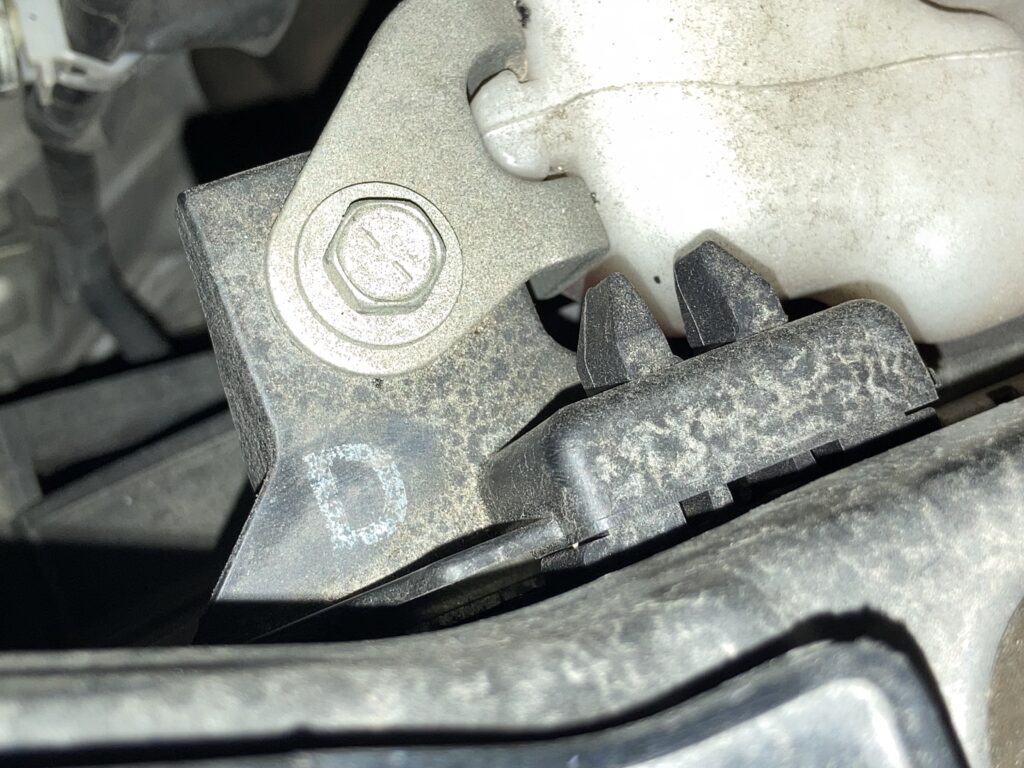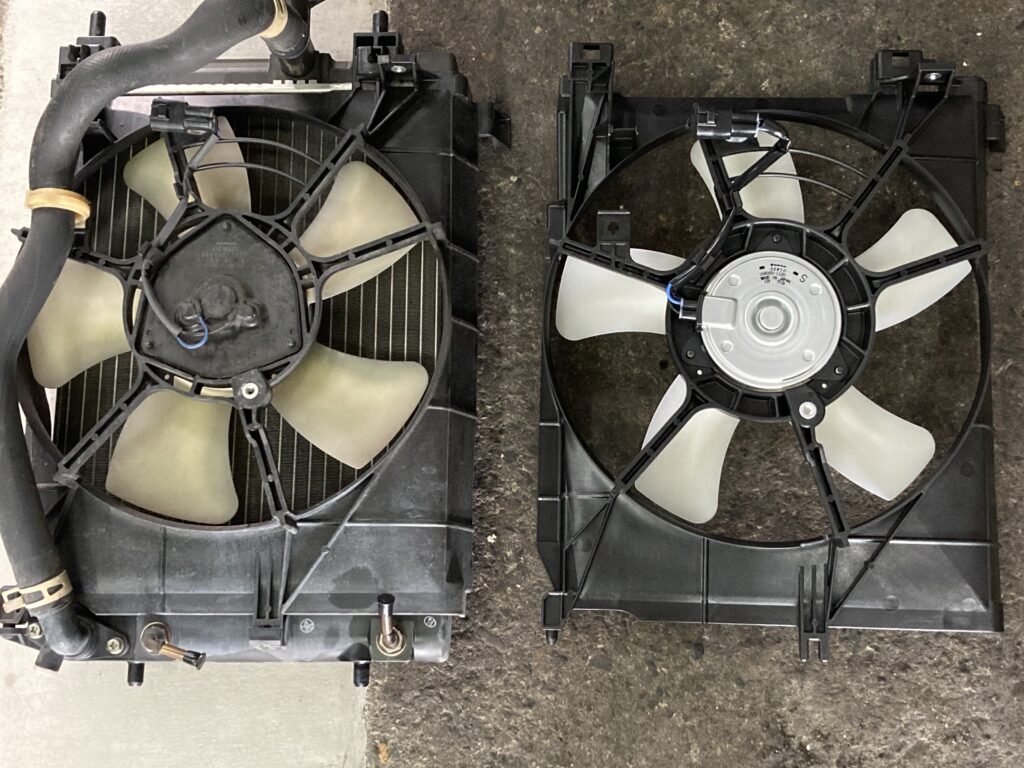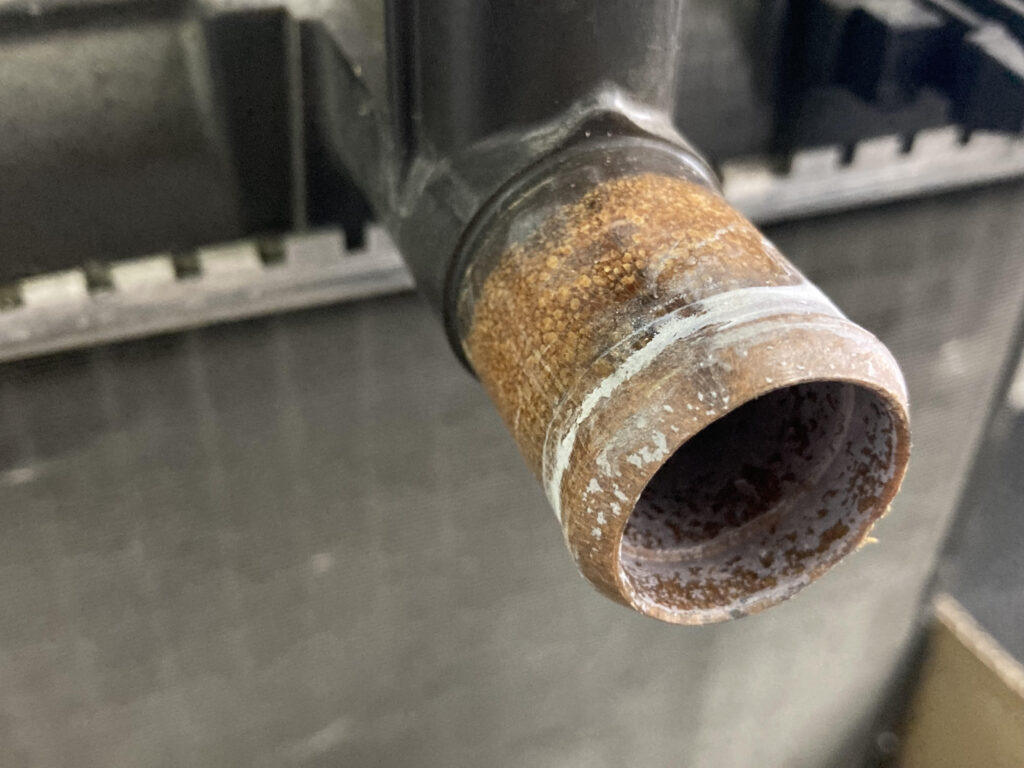I’ll translate the content from Japanese to English while maintaining the HTML structure. Here’s the translation:
Title: A Car’s True Condition Begins at 100,000 Kilometers Daihatsu Move Cooling System Refresh DBA-L175S
The 100,000 kilometer mark that was once considered the benchmark for car replacement.
Due to improvements in parts processing precision and material performance, this benchmark no longer applies to modern cars.
Engine oil changes, which are mainly managed by users, are important. With proper maintenance from new, it’s not uncommon to feel the car’s true performance after exceeding 100,000 kilometers.
The recommended MOTUL engine oil offers extremely balanced and stable quality.
Additionally, the continuous use of the groundbreaking engine oil additive “Maruyama Molybdenum,” which we began handling five years ago, further improves engine condition.
【Free Course】Why the Effects of the Legendary Additive “Maruyama Molybdenum” Are Amazing
If your beloved car has been carefully maintained, I think it would be very wasteful to replace it before reaching 100,000 kilometers.
Of course, there are various conditions, so this doesn’t apply to all cars, but modern cars, even kei cars, can run up to 200,000 kilometers.
Now, we received a Daihatsu Move for its mandatory 24-month inspection (vehicle inspection) just when its engine was starting to perform well.
2009 Model DBA-L175S KF-VE CVT Mileage: 111,000km
Daihatsu vehicles from 2007 onwards were equipped with the newly developed KF-VE engine at the time, and particularly in the first few years, there were frequent problems with cooling system components.
This Move seems to have fortunately run without any issues up to this age and mileage.
Firstly, proper engine oil change management kept engine heat low, and relatively frequent long-distance or highway driving kept the engine compartment cool with airflow, which I believe are the reasons for avoiding troubles.
When Daihatsu cars from around this era come in, I first check the alphabet stamped on the upper part of the radiator fan shroud.
If it’s “E” or “F”, the fan motor has been upgraded.
This one was “D”, so it hasn’t been upgraded.
The non-upgraded fan motor has a thin profile and is good for saving space, but it seems to have had durability issues (the one on the right in the photo is the upgraded version).
In the worst case, the fan motor stops working and causes overheating, which I think should be at recall level, but the manufacturer seems to have adopted a style of supplying the improved parts at a relatively low cost and only addressing vehicles that had issues.
The joint on the upper hose side of the radiator is a high-temperature area, and the resin, which was originally black, had deteriorated and faded to this extent.
It was in a condition where cracks could have appeared at any time, but under good conditions, it seems to last over 100,000 kilometers as seen here.
On the other hand, similar models from other manufacturers rarely have cooling system problems even after exceeding 100,000 kilometers, so I think it’s a fact that there was not enough margin in the design of the cooling system, centered around the fan motor.
The same applies to the water pump, which to my knowledge has undergone five specification changes in the past.
The pulley is also specified to be replaced at the same time, and there seems to have been a slight change in shape.
To perform these tasks in the small engine compartment of a kei car, many parts need to be removed, but if you follow the procedure, there are no difficult tasks, and the work can be done in a relatively short time.
With this, I’m relieved that it’s now in a condition where it can be used well beyond 100,000 kilometers.
|
|





![[商品価格に関しましては、リンクが作成された時点と現時点で情報が変更されている場合がございます。] [商品価格に関しましては、リンクが作成された時点と現時点で情報が変更されている場合がございます。]](https://hbb.afl.rakuten.co.jp/hgb/0f190c3a.ec9b6021.0f190c3b.d0874d11/?me_id=1207217&item_id=15848579&pc=https%3A%2F%2Fthumbnail.image.rakuten.co.jp%2F%400_mall%2Fparts%2Fcabinet%2Fdetail-aa41%2Faa41-11192150a.jpg%3F_ex%3D240x240&s=240x240&t=picttext)


コメントを残す